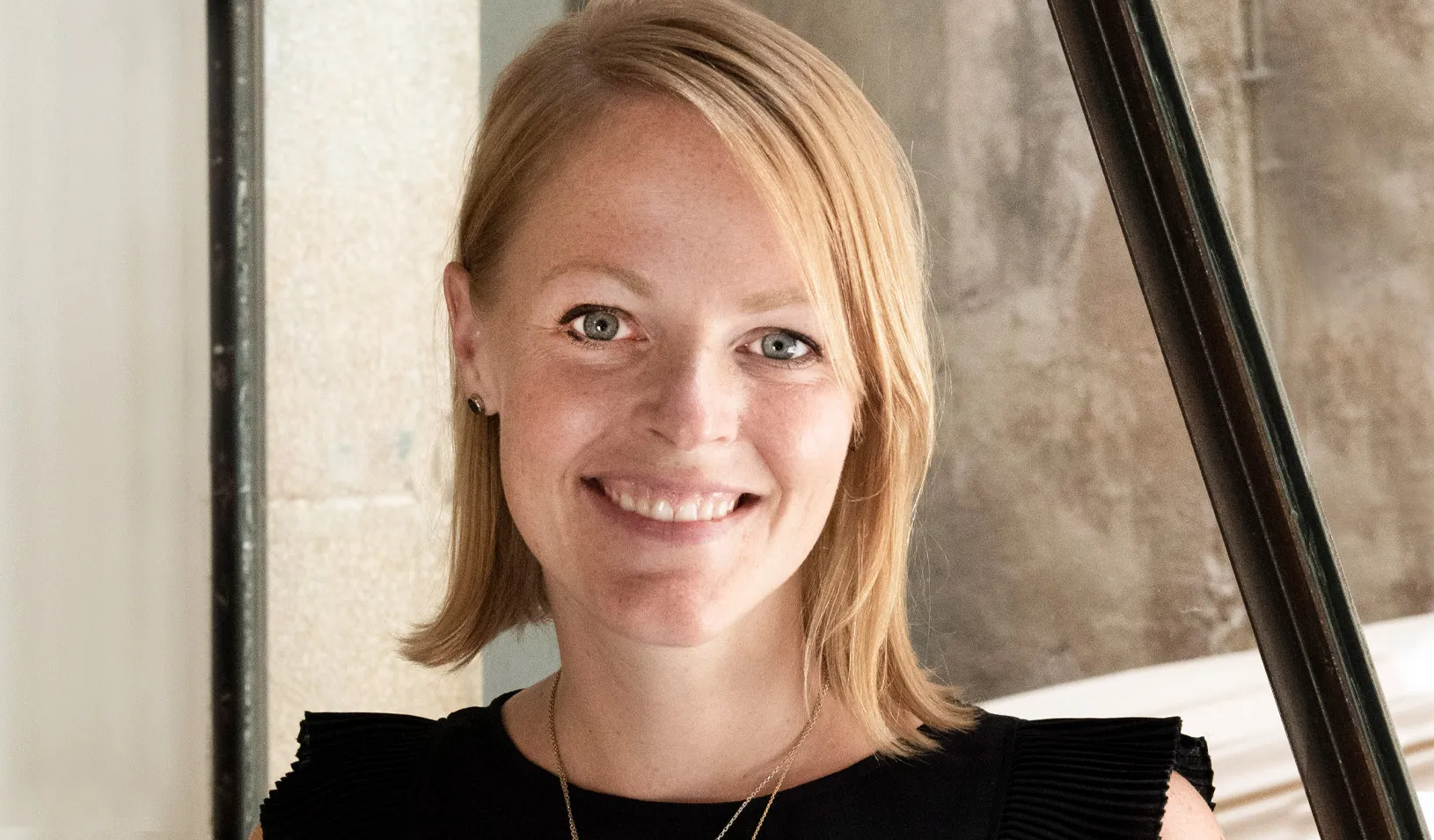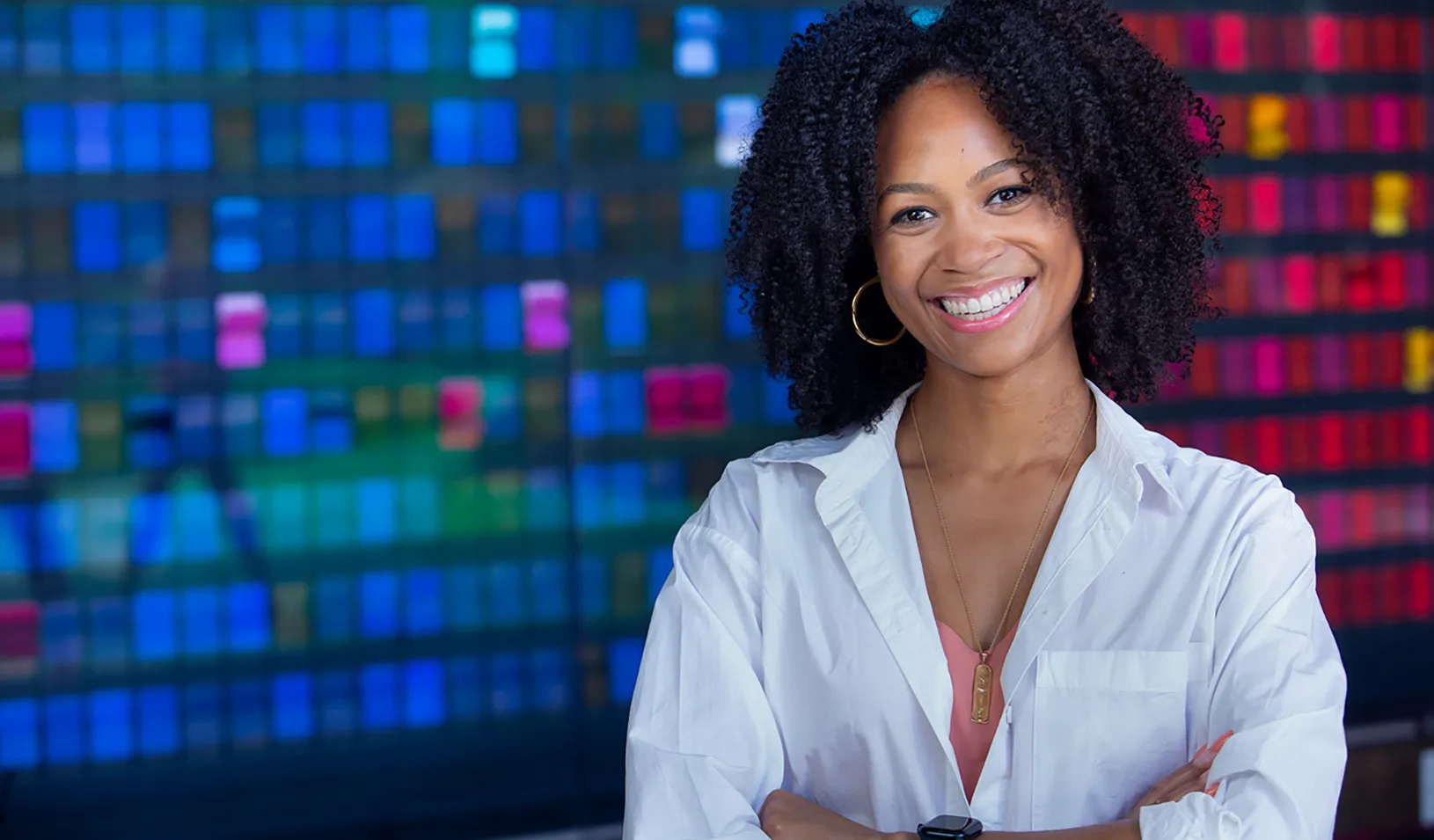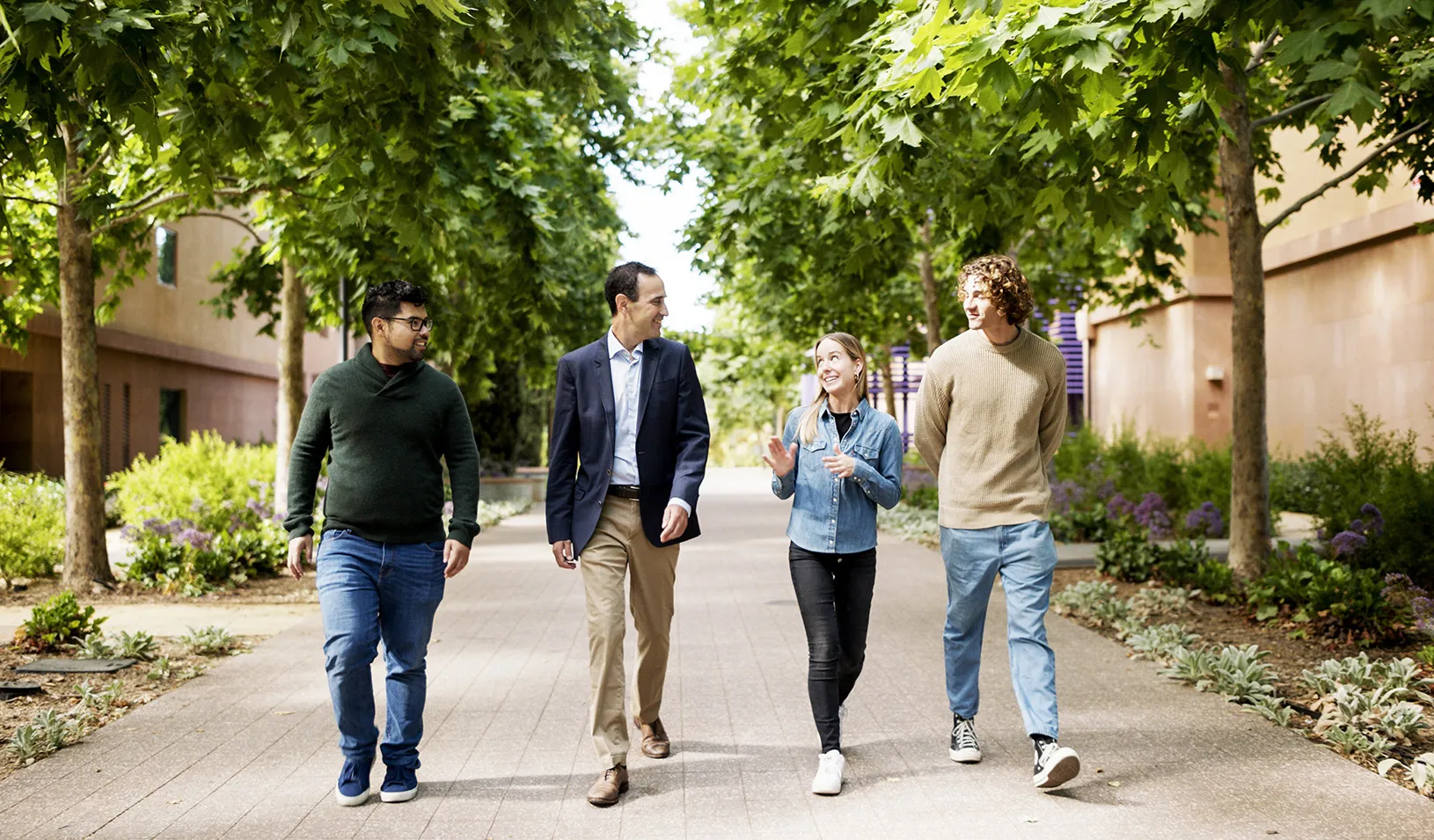Listen Up: “Podcases” Offer a New Way to Learn
Audio versions of case studies get high marks from students.
April 18, 2022

Students in the Leading with Values course read, and heard, a case study about the opioid epidemic. | Elena Zhukova
While reading the case study “The Opioid Epidemic,” students in the GSB’s core class Leading with Values disentangle the events that led to 400,000 deaths from opioid overdoses in the United States between 1999 and 2017. And when Professor Ken Shotts introduced an audio version of the case, students had a new way to absorb the scale of the crisis: the daily death toll from opioids represented as raindrops. What begins as a drip, drip, drip, eventually becomes a deluge.
They were hearing the first version of a new teaching tool — a “podcase.”
It began as an experiment. The GSB’s instructional media team was looking for an opportunity to make an audio version of a case study when multimedia producer Kelsey Doyle identified a good candidate. “The Opioid Epidemic” — written by case writer Sheila Melvin — “was like a story you would read in The New York Times,” Doyle says. “I thought, ‘This could be a podcast.’” She approached Shotts with the idea, and he quickly signed on.
“It was something I could imagine working really well in class,” says Shotts, a professor of political economy. “If it’s available in audio form, some students will pay more attention to it, absorb it better, and may find it more engaging.”
Of course, “Being realistic, some may listen to it while they’re working out,” he says, smiling. Shotts was alert to this potential downside. “If I get the sense that the podcase makes them happy, but makes learning worse, then we’re not going to do this. So far I don’t feel that.”
Instructional media staff, part of the GSB’s Teaching and Learning Hub, have produced hundreds of videos for faculty over the past decade or so, and more recently have begun to dabble in audio storytelling. Justin Willow, associate director of instructional media and the manager of the podcase project, says it’s important to give students “ways to absorb material without sitting and looking at a screen.”
The initial podcase involved staff from multiple departments and took more than three months to make. Doyle recruited digital content producer Jenny Luna to help with the script and narration; Willow contributed technical expertise; radio writer Andrew Selzer and media producer Pablo Woythaler were instrumental.
Throughout the process, Shotts and Melvin were responsible for ensuring that the podcase hewed closely to the original study. “I want the podcase to be quite similar to the written case because I want people to have a common basis for classroom discussion,” Shotts says. “That’s a constraint because there are some things that you would naturally want to do with an audio format that are different than what you would want to do with the written case.”
“We realized that if we really wanted this to come to life, it had to be more than just Kelsey and me reading the script,” recalls Luna. She and Doyle found audio clips from the public domain and enlisted other staff members to do voiceovers. Willow says identifying and creating auditory enhancements — such as the “sonification” of the overdose data in the form of raindrops — was essential for making the podcast work. “It’s not entertainment, but it must be engaging,” he says. “We want to make the audio as informative as a data visualization can be — both for people who choose to learn by listening, and those who might be visually impaired.”
While production of the opioid podcase was underway, Shotts approached Doyle about doing a second one based on a case that he and Melvin were developing about intellectual property and access to COVID vaccines. Instead of three months, the team produced it in three weeks. “We had learned a lot,” Willow says.
Students gave the first two podcases high marks. Of the 120 who listened, more than half rated them “extremely useful” or “very useful.” Said one: “[The] podcast is really easy to follow and remember. I hope to have more.”
Given the positive reaction, Shotts says podcases could become a standard offering for case studies that fit the format. “Usually when students like something, and are engaged by it, it’s good for learning.”
For media inquiries, visit the Newsroom.
Explore More
Erin Nixon Joins Stanford GSB as Assistant Dean of Admissions

Nia Rose Froome, MBA ’23: Making Local, Fresh Food Available for All

New Research Fund Promotes Responsible Leadership for the Next Century


